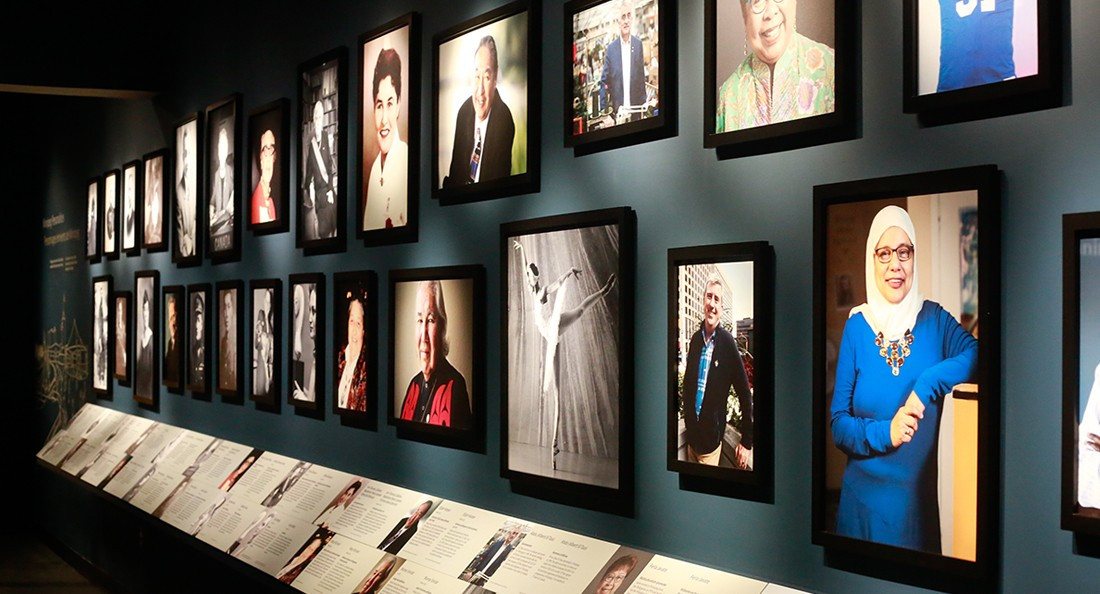Winnipeg on display
New Manitoba Museum gallery sheds light on multi-voiced history of city
The Manitoba Museum unveiled the Winnipeg Gallery, its newest addition, this past fall. Roland Sawatzky, head curator of the Winnipeg Gallery, says “there is no other place (in the province that) tells the actual history of the city ... We also wanted it as an introduction to the Urban Gallery cityscape, which shows Winnipeg around 1920, but there is no real context in there, so we felt we needed to tell the larger story.”
The gallery has a movie theatre, which shows a film about the history of Winnipeg. The screen is framed by the former entrance to the Eaton’s building on Portage Avenue. The gallery also features two gargoyles “from the Winnipeg Tribune newspaper building, which was demolished in 1980 (and built) in 1914. There were 14 gargoyles on the top of the building and 14 heads around the first story. They were given to employees when it was demolished,” Sawatzky says.
The gallery showcases the multiplicity of Winnipeg voices and encourages patrons to find themselves in that story. A touchscreen shows a map of Winnipeg from past to present.
“You can scroll through different maps of Winnipeg over time ... you can pin your home and see where it is in relation to various events,” Sawatzky says. This includes natural disasters and advancements in transportation.
There is also an artifact wall, accompanied by a touchscreen, which showcases the artifacts and their stories. Lys Botsula, a learning facilitator at the museum, says the touchscreen allows “the audience to be interactive with the artifacts ... what I have heard from the audience is that it was better to have the touchscreen to provide multilayered information about the artifact(s) ... to see what you are curious about.”
The history of Indigenous people in the area is featured alongside the settler history of Winnipeg throughout the gallery. “It is not just one sidebar. It’s integrated throughout, and it was a very conscious decision. We had two curators out of the five who worked in the core, who are of Indigenous backgrounds, plus we worked with an Indigenous advisory circle to give us guidance and advice,” Sawatzky says.
Further deprioritizing the settler-colonial history, the gallery focuses on “the newcomer story, and that’s been a part of Winnipeg’s history since 1873,” says Sawatzky. This is revealed in an interactive exhibit where audiences can select different portions of newcomer oral history interviews, including one with former police chief Devon Clunis. “He talks about his mom and her experience with work, and his experience as a child as well.” Sawatzky says.
Botsula, a recent newcomer herself, says “I can really recognize myself in what they are saying in their experience, whether it is about the cold winter, how to find a job and how people welcome each of them. I can relate to that, and I can find myself through their words.”
Published in Volume 74, Number 13 of The Uniter (January 9, 2020)








